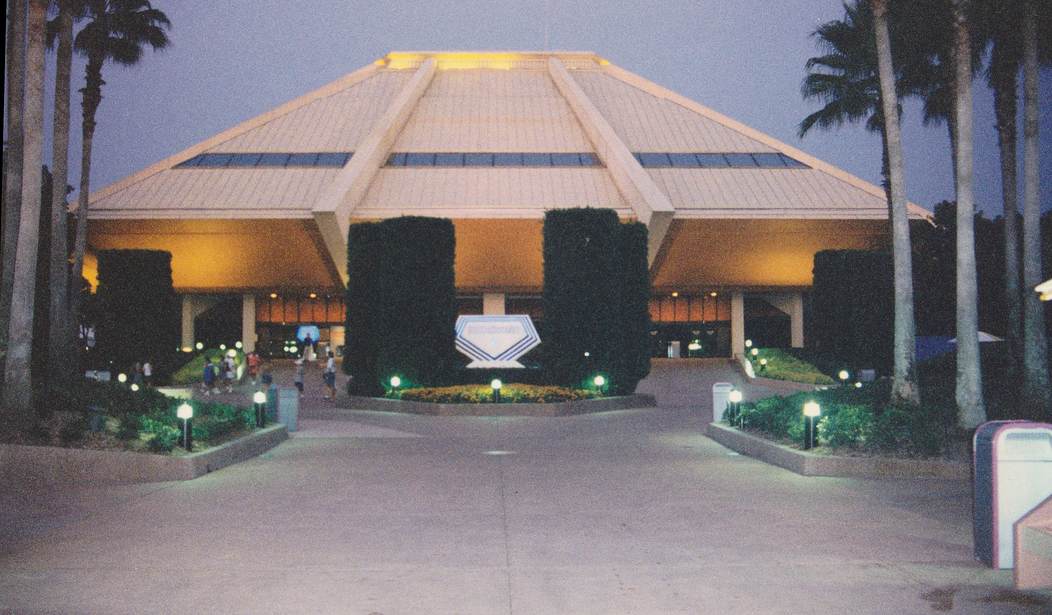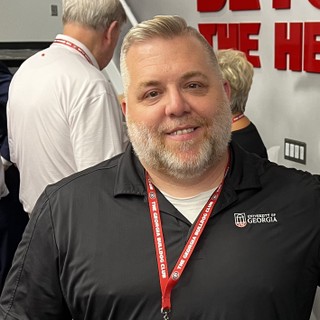Recently I wrote about what I call Walt Disney’s optimistic futurism. Walt Disney believed – perhaps to a fault – that advances in technology and communications would make the future an exciting and vibrant place for everyone. This notion manifested itself in Walt’s ultimate dream: his planned community, EPCOT (Experimental Prototype Community Of Tomorrow), which was to be part of the company’s Florida Project, which became Walt Disney World.
The EPCOT Center (now known as Epcot) theme park at Walt Disney World opened on October 1, 1982. The park embodies the spirit of Disney’s optimistic futurism. One attraction in particular — Horizons, which was open from 1983 to 1999 — encapsulated Walt’s ideas like no other. Although Horizons closed nearly 15 years ago, a rabid cult following (including yours truly) still professes deep affection for the ride.
In its storyboard stage, Horizons went by the name Century 3, a nod to the third century of America’s existence. The Imagineers later changed the name to Futureprobe, but not for long, due to the unpleasant connotation of the word probe. General Electric sponsored the ride, and the Imagineers intended for it to be the sequel to another GE-sponsored attraction, The Carousel of Progress.
The slogan for Horizons — “If we can dream it, we can do it” — was the brainchild of Imagineer Tony Baxter, though it was so reminiscent of Walt Disney that to this day many writers falsely attribute it to Walt. In many ways, Horizons was a quintessential Disney dark ride, utilizing the company’s Omnimover technology to usher guests through the space, which looked like a diamond-shaped spaceship and suggested an unending horizon ahead.
Horizons opened on October 1, 1983 — EPCOT Center’s first anniversary and the 12th anniversary of the opening of Walt Disney World itself. Over the audio system, a couple (the wonderful voices of Bob Holt and Dena Dietrich) talk about the concept of “the future,” which leads them to look back at concepts of the future, from the dreams of visionaries Jules Verne and Georges Méliès to the wacky visions of the Art Deco era and the crazy ’50s. Guests then feasted their eyes on the two largest movie screens in the world (at the time) put together, showing current technological innovations designed to make life better.
The couple returns to take guests on a tour of a futuristic city, the desert farming colony Mesa Verde, space station Brava Centauri, and ocean research base Sea Castle. Then, guests see them unite with their children and grandchildren using a sort of hologram chat to celebrate one of the grandkids’ birthday. The Imagineers thought it important to tie the futuristic concepts together using a family. Tom Fitzgerald, now Executive Vice President and Senior Creative Executive at Walt Disney Imagineering, talked about the importance of family in the future:
For the segment depicting future habitats, WED Imagineers used an extended family and its friends to link different scenes. “We wanted to emphasize the family unit,” Fitzgerald explains. “Some people think that it may not exist in the future, but our feeling was that advances in transportation and communication will bring families closer together.”
The ending of Horizons was especially sweet. The four guests in the Omnimover voted to ride on one of three immersive adventures: Mesa Verde, Sea Castle, or Brava Centauri. The realistic animation provided a neat thrill at the end of the ride.
GE pulled its sponsorship from the attraction in 1993 — by then, Horizons had begun to look a bit dated. Rumors floated around about a failing building and a sinkhole on the property. Disney closed Horizons in December 1994, only to reopen it a year later while Universe of Energy and World of Motion underwent renovation. On January 9, 1999, Horizons closed for good. The building sat empty for over a year as the company vacillated on whether to refresh Horizons or replace it. The Imagineers eventually decided to replace Horizons with the thrilling Mission: SPACE, which opened in 2003.
Horizons is gone, but its fans have certainly not forgotten. A sort of cult following surrounding the attraction has sprung up. Fans don’t have to look too hard to find tribute T-shirts or recordings of the ride audio and music — not to mention full ride recordings and videos. Tribute sites include a blog recounting one pair’s final ride on Horizons, complete with behind the scenes photos and videos. One fan has put together a CGI reconstruction (or resurrection) of Horizons with continued improvements. Disney itself understands the appeal Horizons had and the Imagineers have sprinkled tributes to Horizons throughout Walt Disney World and Tokyo Disneyland.
Why does Horizons resonate with so many nearly a decade and a half after closing? It’s a simple answer, really: Horizons captured Walt Disney’s optimistic futurism in a way no other attraction could before or since. He didn’t pen the phrase, but Walt surely would agree with the idea that “If we can dream it, we can do it.” That’s what a positive, enthusiastic vision of the future is all about.










Join the conversation as a VIP Member